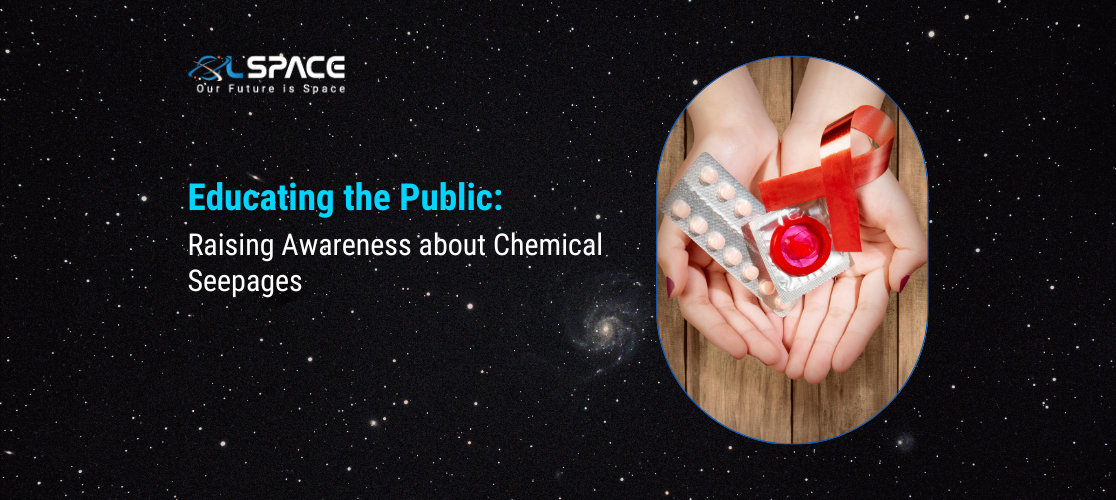13 October 2023
Educating the Public: Raising Awareness about Chemical Seepages

Chemical seepages, also known as chemical leaks or spills, pose significant risks to the environment and public health. Raising awareness about these incidents is crucial for both prevention and appropriate response. In this blog, we will explore the importance of educating the public about chemical seepages, their potential impacts, and the steps individuals and communities can take to mitigate these risks.
Understanding Chemical Seepages Chemical seepages involve the unintended release of hazardous or toxic substances into the environment. These incidents can occur in various settings, including industrial facilities, transportation, and storage areas. The chemicals involved may range from industrial solvents to hazardous materials used in manufacturing, and they can have detrimental effects on ecosystems, water sources, and human health.
The Significance of Public Awareness
1. Early Detection and Reporting: Public awareness plays a pivotal role in the early detection of chemical seepages. When individuals are informed about the signs of a leak, they can report it promptly, allowing for a faster response.
2. Protecting Health and Safety: In the event of a chemical seepage, understanding the potential health risks enables individuals to take necessary precautions, such as staying indoors, using protective gear, or seeking medical attention.
3. Environmental Stewardship: Awareness empowers the public to become environmental stewards by taking steps to prevent pollution, reduce chemical usage, and support policies and practices that prioritise safety.
Educational Initiatives
1. Public Information Campaigns: Government agencies, environmental organisations, and industries can collaborate on public information campaigns. These campaigns can use various media channels to disseminate information about the risks of chemical seepages and how to respond to them.
2. Community Workshops: Local workshops and seminars can provide in-depth knowledge on the types of chemicals used in the community, potential risks, and safe handling procedures. These events can encourage proactive community involvement.
3. Online Resources: Create informative websites and online resources that offer guidance on recognising chemical seepages, reporting mechanisms, and safety precautions. These resources should be easily accessible to the public.
4. Emergency Response Training: Provide training to first responders and community leaders on handling chemical emergencies. This ensures a swift and organised response when a seepage occurs.
Steps for Individuals and Communities
1. Stay Informed: Be aware of the chemicals used in your area, potential sources of leaks, and the signs of a seepage.
2. Report Suspicious Activity: If you notice unusual odors, discoloration, or other signs of a chemical leak, report it to the appropriate authorities or emergency services.
3. Prepare a Household Emergency Plan: Develop a plan for your family that includes evacuation routes, contact information for emergency services, and a list of essential supplies.
4. Advocate for Transparency: Support initiatives that promote transparency regarding chemical storage and usage, as well as regulations that prioritise safety.
Conclusion Educating the public about chemical seepages is a vital step in preventing and mitigating the risks associated with these incidents. Public awareness not only enhances safety but also fosters a sense of shared responsibility for the environment and the well-being of communities. Through collaboration between governments, industries, and environmental organisations, we can empower individuals to recognise and respond to chemical seepages, ultimately reducing their impact on health and the environment.
